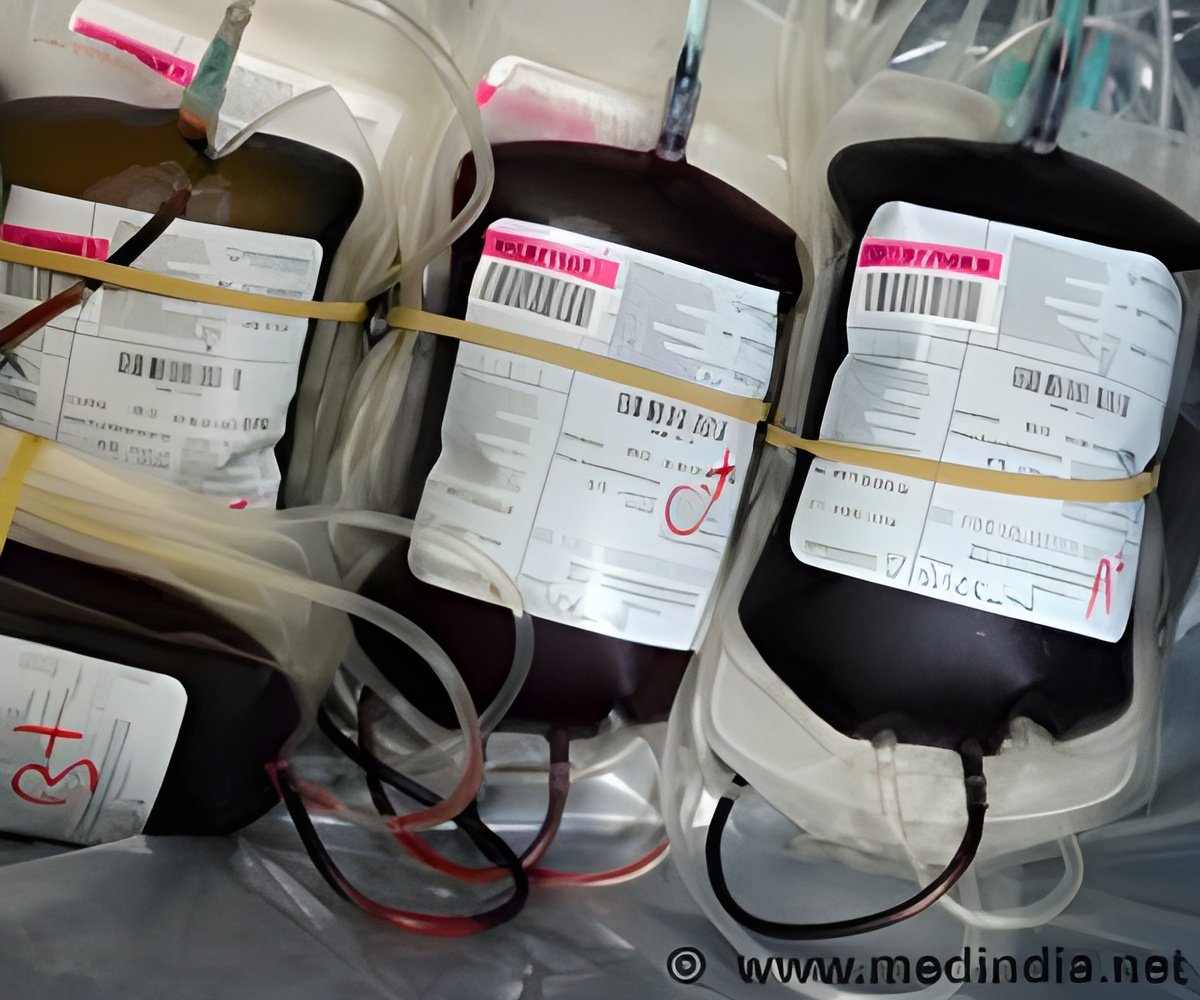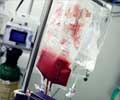
In the blood, NO exists in a bioactive form called S-nitrosohemoglobin (SNO-Hb). The unique process Stamler and team developed to restore SNO-Hb - so-called renitrosylation therapy - could have significant benefits for millions of patients.
"In as much of the world's supply of banked blood is deficient in SNO-Hb, efforts to restore its levels may hold great therapeutic promise," said Stamler, director, Institute for Transformative Molecular Medicine and the Robert S. and Sylvia K. Reitman Family Foundation Distinguished Chair in Cardiovascular Innovation, Case Western Reserve School of Medicine and University Hospitals (UH) Case Medical Center, and director, Harrington Discovery Institute, UH Case Medical Center.
He said that one important aspect of our study is the insight that knowledge of banked blood's SNO-Hb status may be used to judge the efficacy of a transfusion.
The research team hypothesized that the loss of NO compromises the ability to dilate blood vessels and thereby deliver oxygen to tissues, which is critical for survival.
Red blood cells lacking NO instead would plug small blood vessels and cause heart attacks and kidney failure. In contrast, restoration of NO would ensure oxygen delivery.
Advertisement
By contrast, in animals transfused with renitrosylated (NO repleted) red blood cells, tissue oxygenation improved. In addition, researchers applied the same treatment to anemic animals and found improved blood flow, tissue oxygenation, and kidney function.
Advertisement
The findings also may offer new promise for patients with sickle disease, malaria and other blood disorders. In addition, the data suggest that Stamler's therapeutic is a simple way to reverse the potential toxicity of regular blood transfusions.
The findings have been published in the PNAS: Proceedings of the National Academy of Sciences of the United States of America.
Source-ANI












